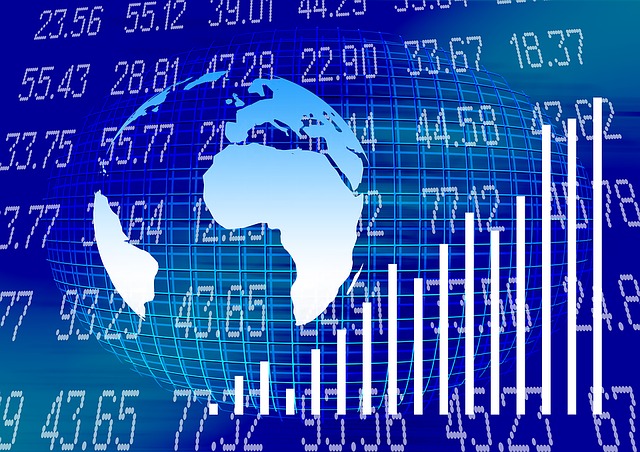25 years of India’s economic reforms: big gains, bigger losses


On July 24, 2016, India completed 25 years of globalisation, liberalisation and privatisation unleashed by the then Finance Minister Dr.Manmohan Singh.
When Dr.Singh kicked-started opening up of the economy in 1991 with strong backing from the then Prime Minister PV Narasimha Rao, most of the media painted a rosy picture ahead for the Indian economy. Most argued that it was necessary – indeed urgent – to open up the economy to the world considering that India was staring at dangerous balance of payment and deepening economic crises.
The move by Singh and Rao was hailed as “bold” and “courageous”.
Twenty five years later, while a large section of the media still bets on economic reforms with some even advocating “more drastic reforms”, questions are also being asked if it has actually benefited a majority of Indians.

geralt / Pixabay
Well, in these 25 years there has been a massive expansion of service sector and exports. The job market opened up considerably with the expansion of the service sector.
The Gross Domestic Product (GDP) has taken a huge leap, averaging 6.8% between 1991-92 and 2015-16. The yearly per capita income rose by 15 times – from Rs.6295 to Rs.93,293 now.
People had more disposable income and there were several avenues to spend. Availing better education from private institutions, a section of middle class transformed themselves into rich class that could afford all luxuries of life.
From the rich class, few Indians joined the world’s richest billionaire club. And the corporate companies they headed grew by leaps and bounds going for acquisitions beyond India’s boundaries.
And these were the big headlines in the mainstream media, most of which themselves had evolved into corporate entities in all these years, drawing their revenue mainly from the ever growing private corporate companies.
Dismal records
But the same media largely overlooked India’s dismal human development indices. India is ranked 130 among 188 countries in term of human development index (HDI), according to the United Nations Development Programme.
According to the World Bank, one-fourth of the world’s poor – 27 crore – people live in India. Several other studies have put the figure of poor in the country at about 45 crore. According to 2011 census, about 69 crore rural people do not have access to safe drinking water.
Water Aid, a water and sanitation non-profit based in London, has said in a recent report that India has the highest number of people in the world having no access to safe drinking water. Another Water Aid study said that a staggering 60% people in the country – over 75 crore – do not have access to safe and private toilets.
With over 20 crore malnourished people, India was ranked 20th among leading countries with critical hunger situation, according to Global Hunger Report 2015. Several studies including those by World Bank have shown that the country ranks very high with its malnourished children.
Looking at the agriculture sector, it represents a dismal picture as over 2 lakh farmers have committed suicide since 1997, according to government figures.
Danger to societal fabric
India’s GDP was Rs.6.13 lakh crore (at 2004-05 prices) in 1991-12. It increased by over 2,400% to Rs.104.72 lakhcrore by 2013-14 triggering the growth in per capita income. But its ripple effect has been clearly limited leading to skewed growth.
The growth story, represented by the per capita income and GDP were infact driven by the richest Indians, who were benefited the most by the liberalization of the economy. A Forbes report last year said that the net worth of 100 richest Indians was $345 billion (Rs.23 lakh crore), which is 18% of the country’s GDP.
Critics of liberalizations say that many Indian companies added crore of rupees to their assets in a span of a decade just by influencing framing of government policies to control natural resources of the country. Handing control of the country’s resources to private players has adversely affected the lives and livelihood of crores of common people and also environment.
The biggest failure of India’s economic reforms seems to be failure to create of jobs. According to the UNDP, less than a half of 30 crore Indians who sought jobs got them since the beginning of the liberalization process.
A recent data tabled in Parliament said only 1.30 lakh jobs were created in eight industrial sector including textiles, gems and jewellery and IT in 2015 as against 4 lakh jobs previous year. It is just a pointer to the overall grim employment scenario in the country where 1.2 crore people come looking for jobs every year.
A robust economy is possible with over-exploitation of natural resources but jobless growth may lead to more inequitable distribution of wealth and also spell doom for societal fabric.










































